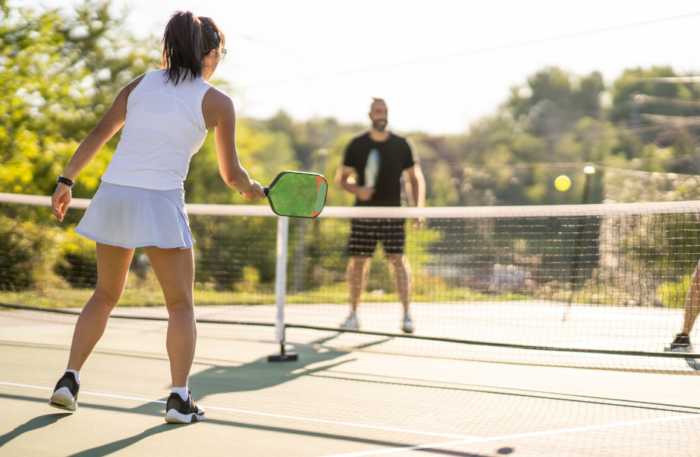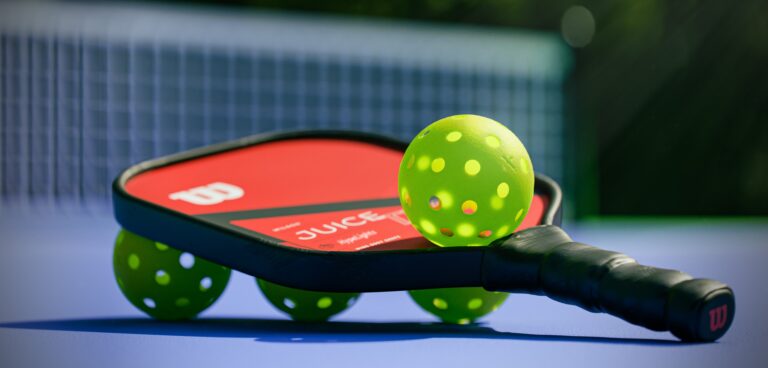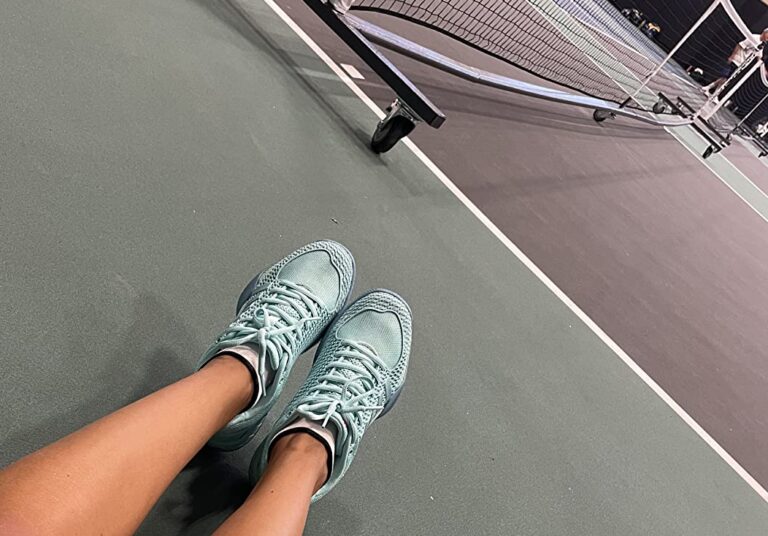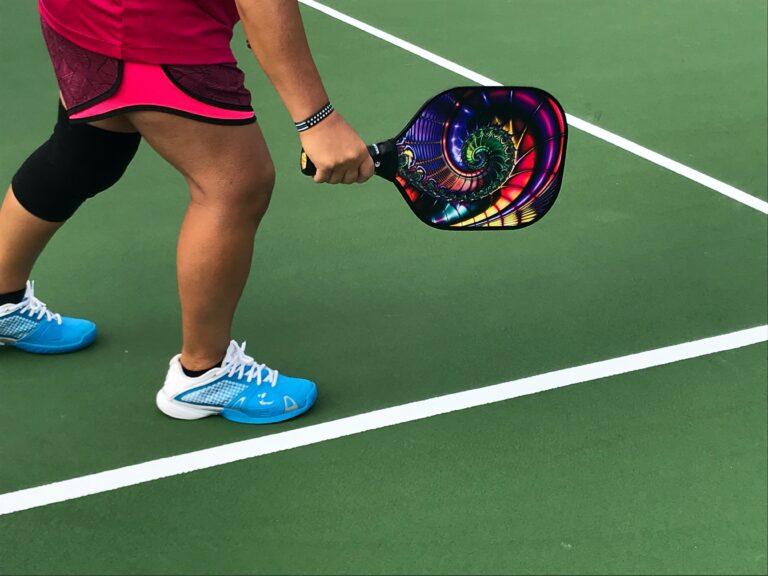Inside the Pickleball Kitchen: All You Need to Know
Welcome to the pickleball kitchen! Whether you’re a seasoned pickleball player or new to the sport, understanding the concept of the kitchen and its rules is essential to playing the game effectively. In this blog post, we’ll delve into the history of the pickleball kitchen and break down the rules so you can dominate on the court. Let’s step inside the pickleball kitchen and learn all there is to know about this unique aspect of the game.
The Origin of the Name
Curious about where the peculiar term “kitchen” came from in pickleball?
You’re not alone.
The origin of this unique term is a delightful mystery that adds to the sport’s charm.
One intriguing (and widely accepted) theory links the term to shuffleboard, another popular court game.
In shuffleboard, the scoring area is also referred to as the “kitchen.”
Though the true origin of the term “pickleball kitchen” remains undetermined, this theory seems more plausable than others.

Why the Term is Used in Pickleball
While the origins of the term “kitchen” in pickleball might remain shrouded in mystery, its current use in the sport is undoubtedly significant.
Mirroring the importance of a home’s kitchen, the pickleball kitchen serves as the action hub on the court.
Nestled closest to the net, it’s the epicenter of high-stakes decisions and intense maneuvers.
The “no-volley zone” rule of the kitchen dramatically alters the game’s dynamics, creating a tantalizing mix of strategy and skill.
This distinct rule – forbidding players to volley in the kitchen – not only adds complexity to the game but also sets pickleball apart from other racket sports.
Understanding the role of the kitchen in pickleball is key to mastering the game.
The Rules of the Kitchen in Pickleball
Lets get into the rules that make the kitchen in pickleball a truly unique arena.
This no-volley zone forbids players from smashing the ball in the air while within its boundaries.
On the contrary, stepping into the kitchen after the ball has bounced or without volleying is permissible.
Both the server and receiver must adhere to these regulations, making the kitchen an essential aspect to navigate during play.
Breaking down these rules, it’s clear how the kitchen cultivates a fascinating blend of strategy and skill unlike any other area in racket sports.
Keep these rules in mind and ensure you’re not committing faults that could tip the game in your opponent’s favor.
These kitchen rules, though challenging, add a layer of depth to pickleball that enthusiasts can’t get enough of.

Penalties and Faults
If a player finds themselves volleying the ball while in the kitchen, or lands within its confines after making a volley, they have committed a fault.
The repercussions?
The opposing team not only gains a point but also snatches the serve.
Being fully aware of when you should stride into the kitchen, and more importantly, when you shouldn’t, is key to keeping your pickleball game strong and fault-free.
So remember, always play smart in the kitchen, and avoid costly missteps that could turn the tide in favor of your competitors.
Mastering the Kitchen Strategy
Navigating the kitchen’s constraints cleverly can unlock a host of strategic opportunities in pickleball. When skillfully controlled, the kitchen becomes a stronghold, providing less time for opponents to react to your shots. To truly excel in the kitchen, you need to grasp the subtleties of when to venture in, when to execute a volley, and when to let the ball bounce. As the kitchen rules generate a distinctive rhythm in the game, your proficiency in maneuvering this critical zone could make or break a close match. Thanks for reading here at ! Embrace the unique kitchen strategy, and turn the tide of the game in your favor!







